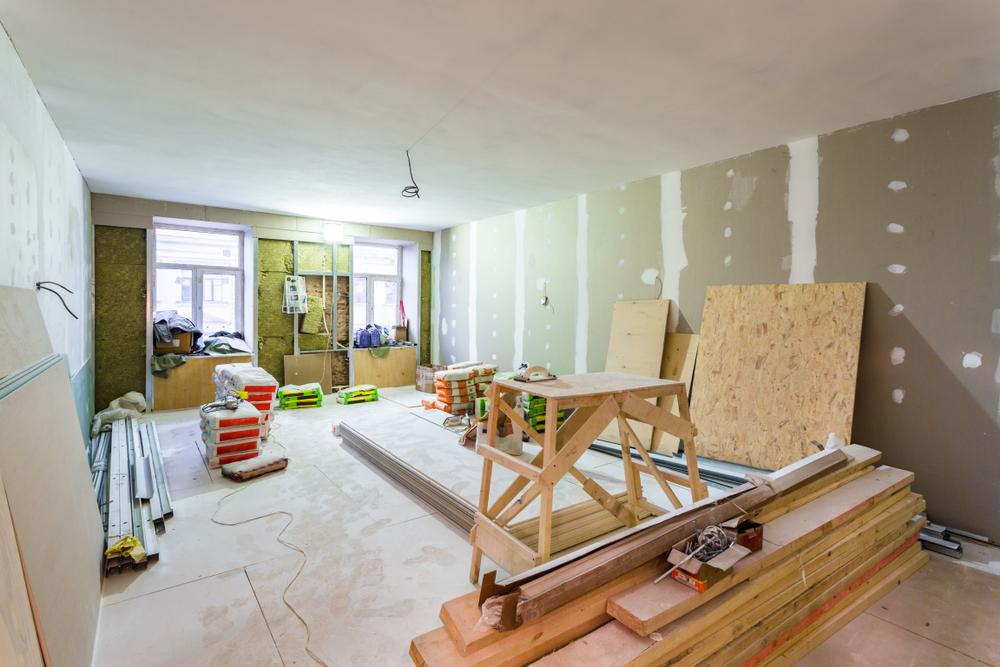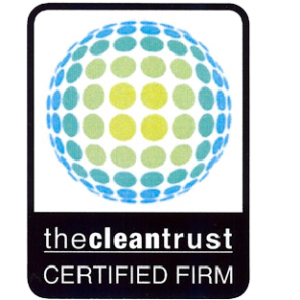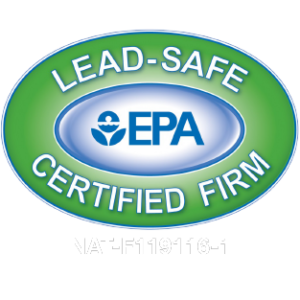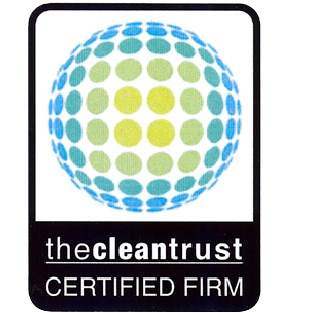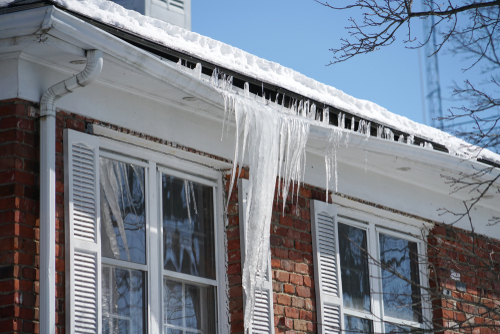
A No-Nonsense Guide to Ice Dams
Falling snow is a beautiful sight. What’s not as pleasant is the potential for accumulated snow to wreak havoc on your property. Winter in Wisconsin often brings dangerous and costly ice dams. Can you recognize an ice dam? And more importantly, are you prepared to deal with an existing dam?
We’ve put together an ice dam guide to aid you in identifying, preventing, and dealing with these cold weather menaces.
What are ice dams?
Ice dams are ridges of ice that form along your roofline following a heavy snow or winter storm. They’re caused when a property is leaking warm air — when heat gets into the attic, the warmth melts the snow on the roof from underneath. The melted snow refreezes at a lower point on the roof, forming a barricade preventing incoming snow and ice from flowing safely to the ground.
When water isn’t able to move away from your property, it finds a way inside instead. Built-up ice can damage your shingles and gutters, creating pathways for water to leak into your ceilings and walls.
Prevention first
The best way to deal with ice dams is to prepare your property against them — it’s easier to make small repairs than deal with the aftermath of ice dam property damage. Here are a few home maintenance items to address prior to winter storms:
- Inspect the attic for drafts. A home energy assessment can help provide a thorough inspection of your property’s attic using infrared cameras and other equipment.
- Seal leaks to prevent air leaks. Plug leaks using caulk or expanding spray foam. Be sure to check around light fixture boxes, plumbing pipes, chimneys, and access hatches.
- Insulate the attic. You’ll need to check your existing insulation to see if it meets an R-value of R49-R60 — the recommended value for most of the Midwest. If not, you’ll need to add insulation.
Dealing with an existing ice dam
While prevention is key, hindsight isn’t useful if you’re dealing with an existing dam now. Here’s what you should (and shouldn’t) do when faced with an ice dam on your roofline.
Do:
- Call a professional. It may be tempting to deal with the problem yourself but remember — the amount of built-up snow and ice on the roof is a safety hazard.
- Assess your property for water damage. If water has started leaking into your property, you’ll want to address that as soon as possible to prevent extensive repairs.
- Make preparations to prevent future dams. Now that you know your property is susceptible to ice dams, you can take steps to prevent them from forming again.
Don’t:
- Climb on the roof. Steep pitches, slippery conditions, and large accumulations of snow and ice make a roof with an ice dam an incredibly dangerous place to be. Keep your feet firmly planted on the ground.
- Install heating cables. Not only will these shorten the lifespan of your roof, they’ll continually cost you money to operate. Protect your wallet by focusing on prevention maintenance.
- Remove ice with chippers, chemicals, or heat. Be wary of anything that can damage your roof or gutter — you don’t want to get stuck repairing (or worse, replacing) a roof due to a poor removal job.
- Add roof vents. These often make the problem worse. Sealing leaks and maintaining attic insulation is your surefire way of preventing future dams.
Revive Restoration is here to help
At Revive Restoration, we have years of experience navigating Midwest winters — and we know what it’s like to deal with cold-weather problems ourselves. If you have an ice dam on your property, contact the experts at Revive for swift and safe removal.

Newsletter Coming Soon!
Receive regular updates on tips and tricks to keep your house or office building in tip-top shape.




